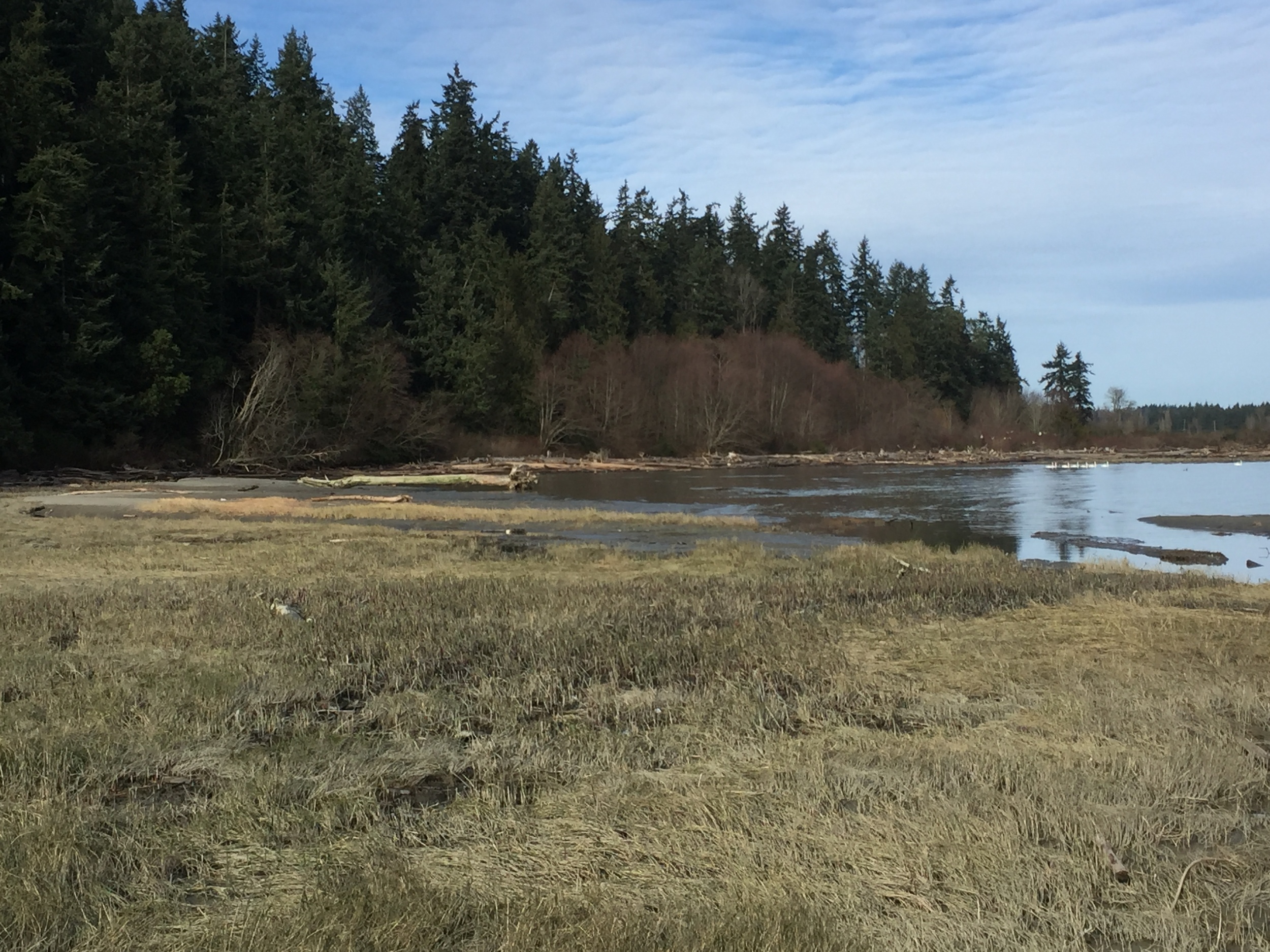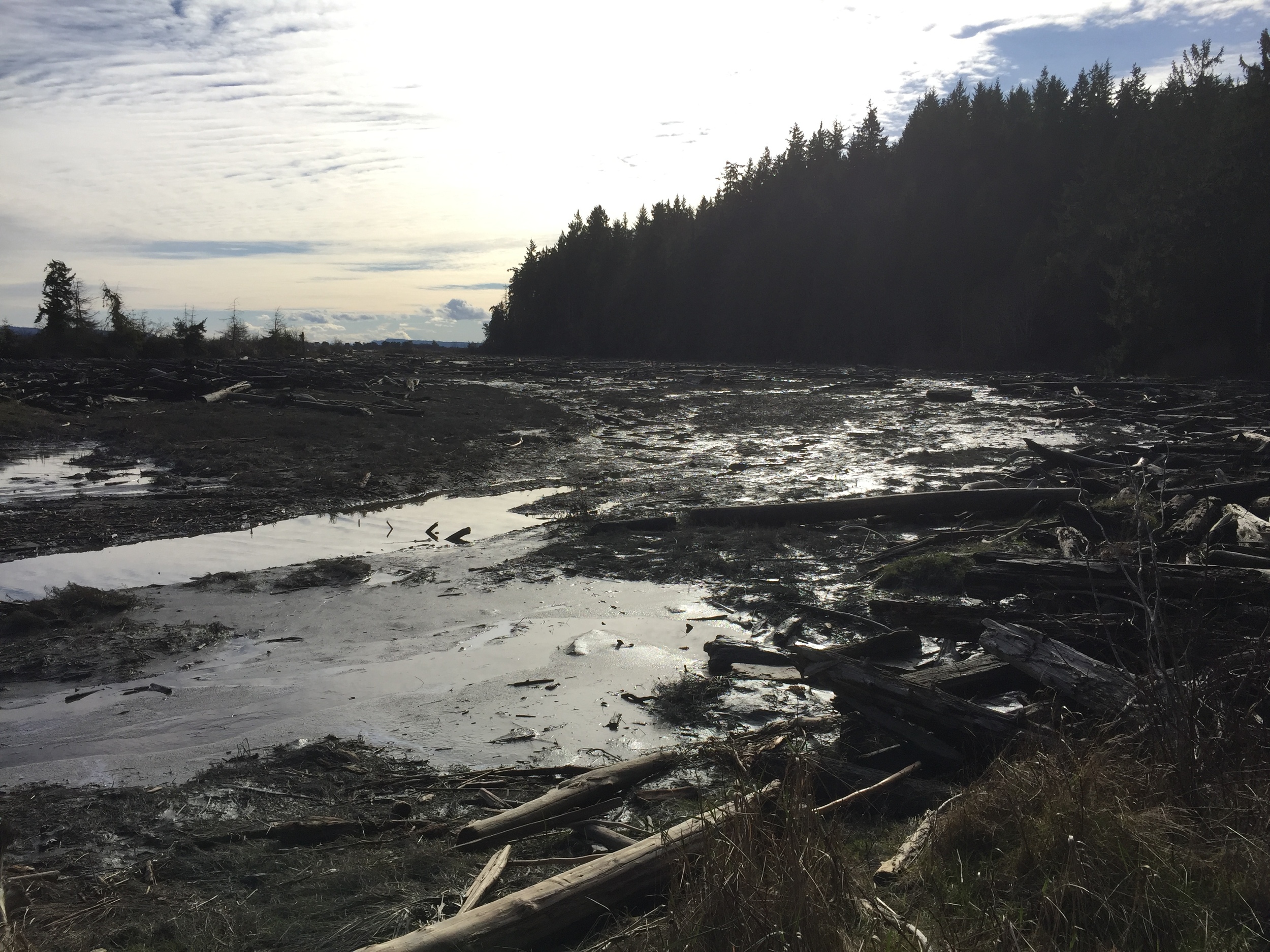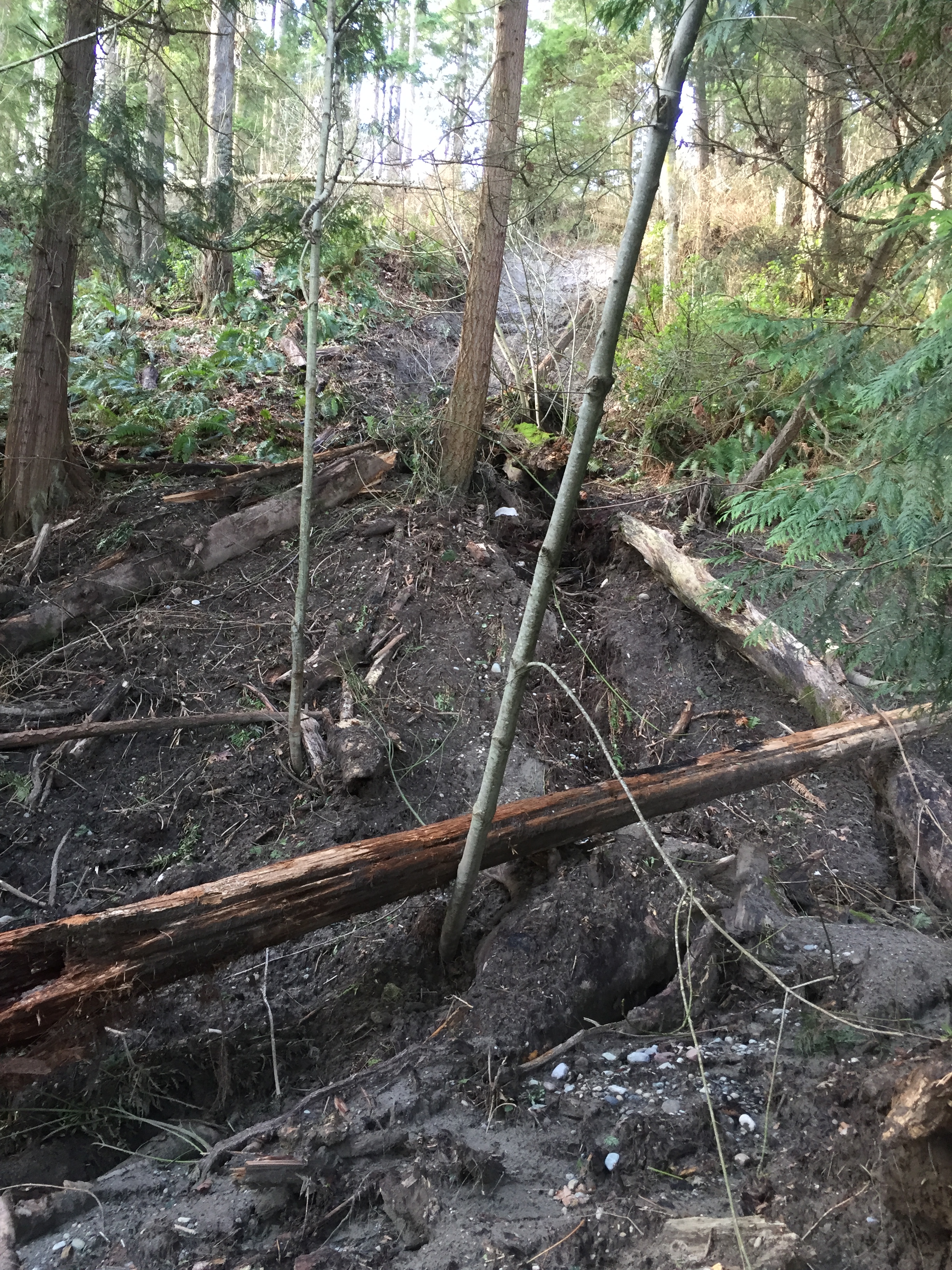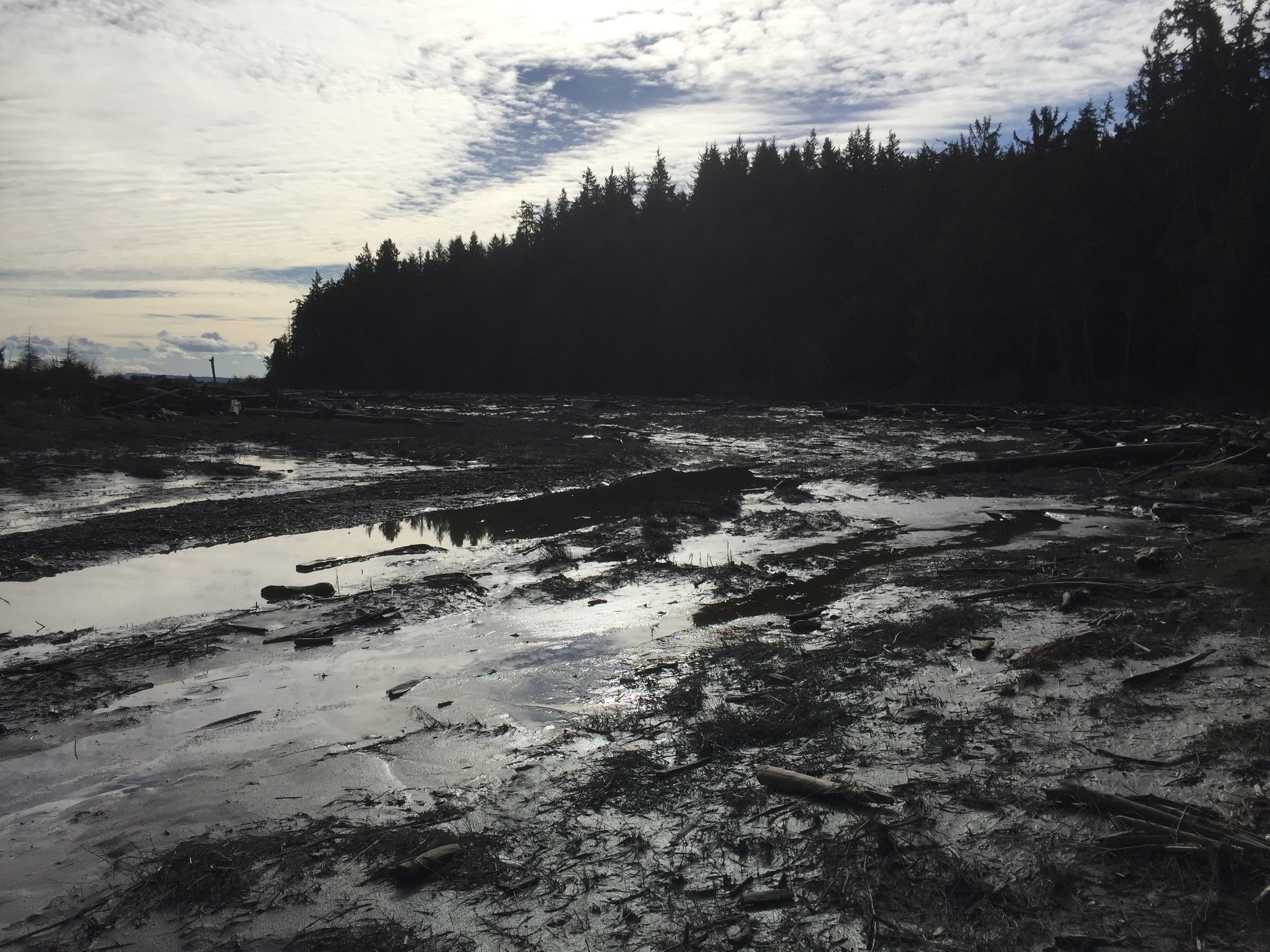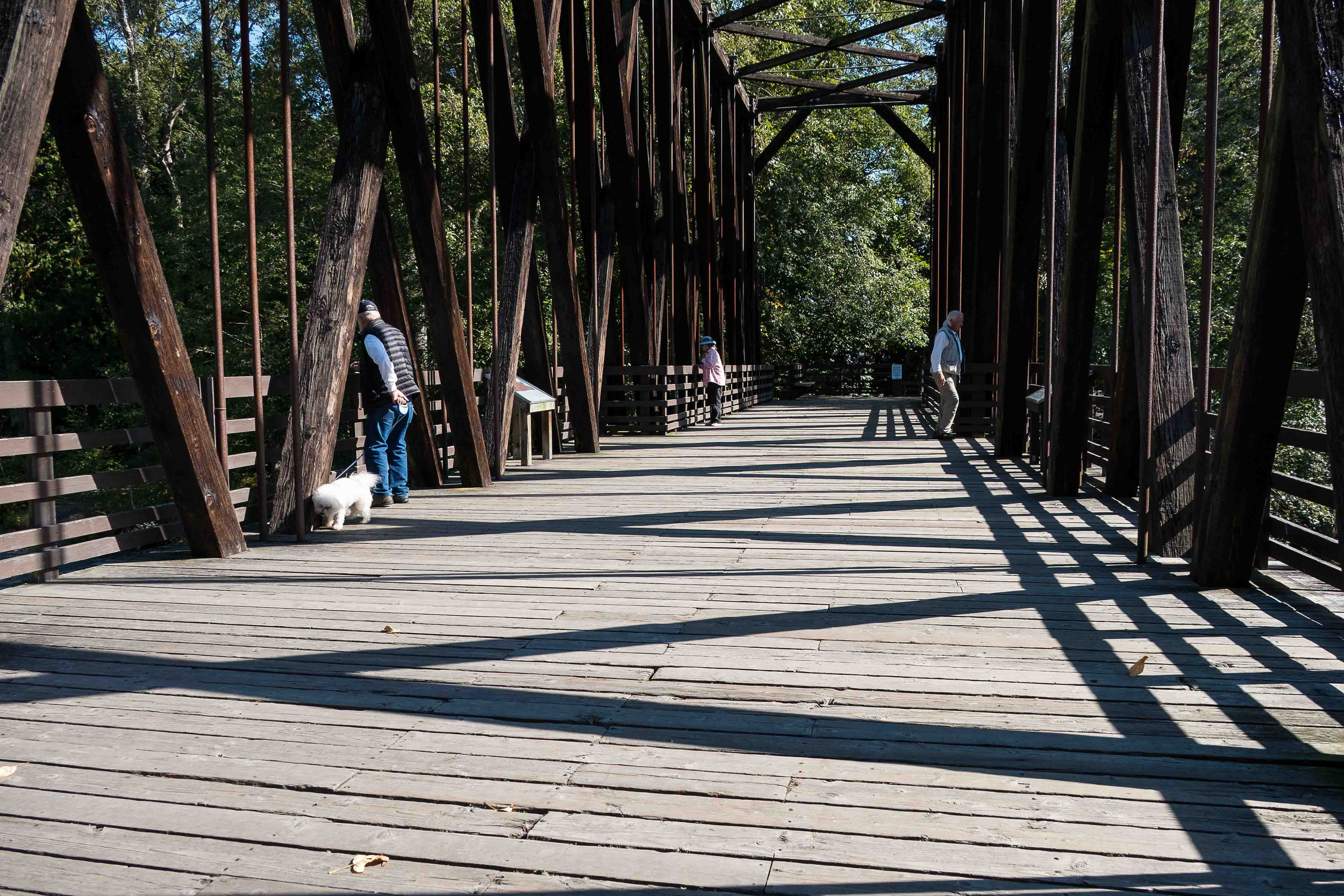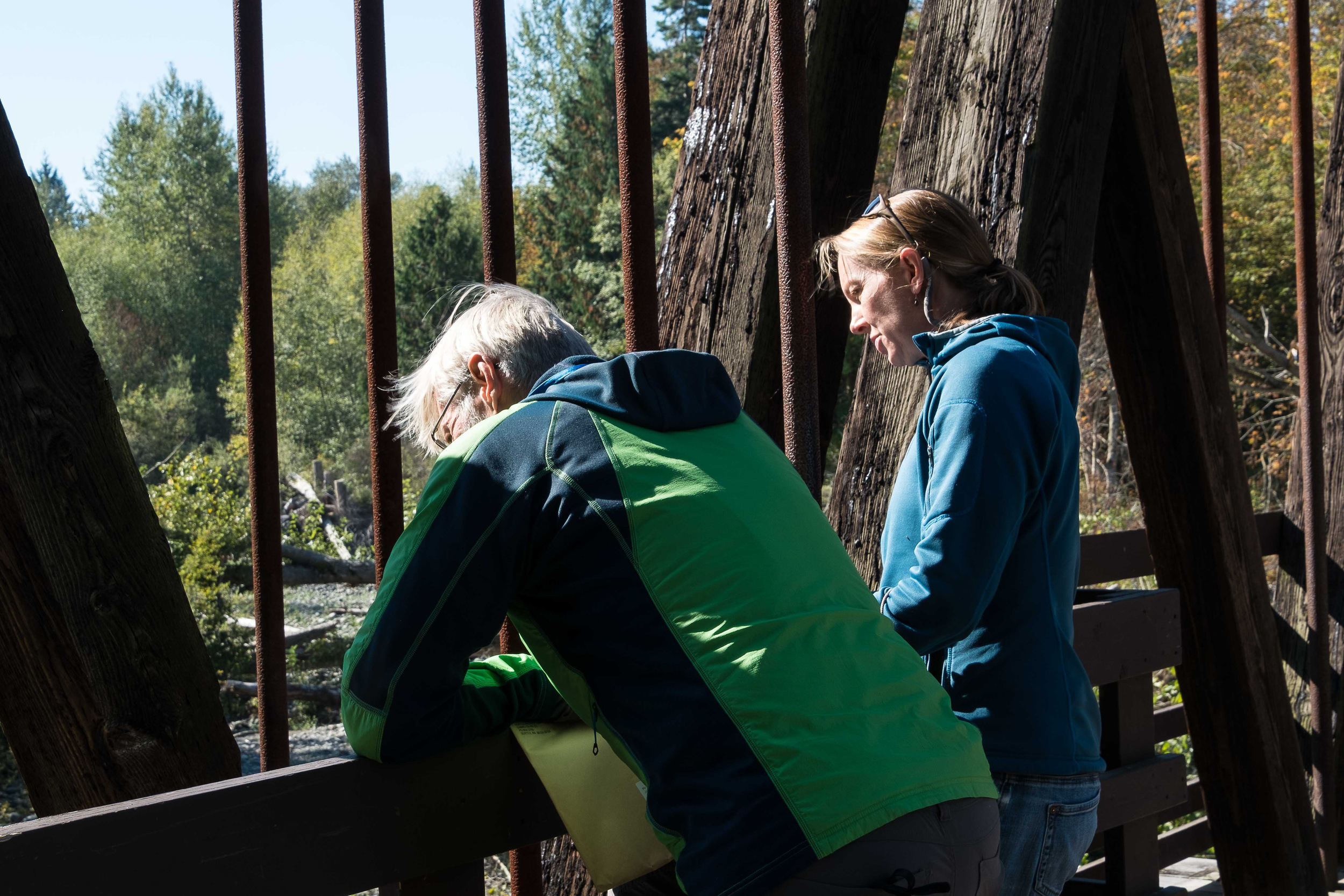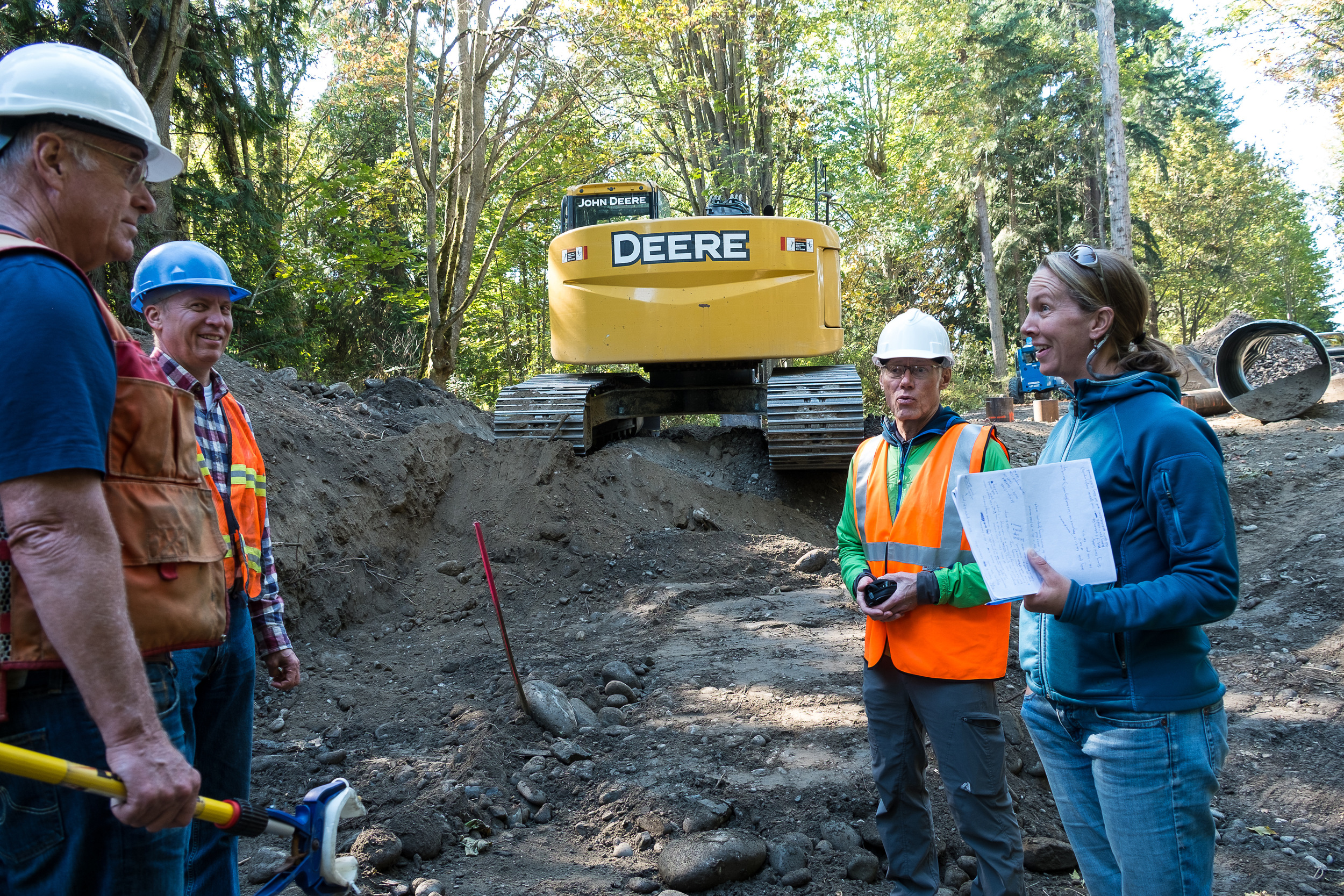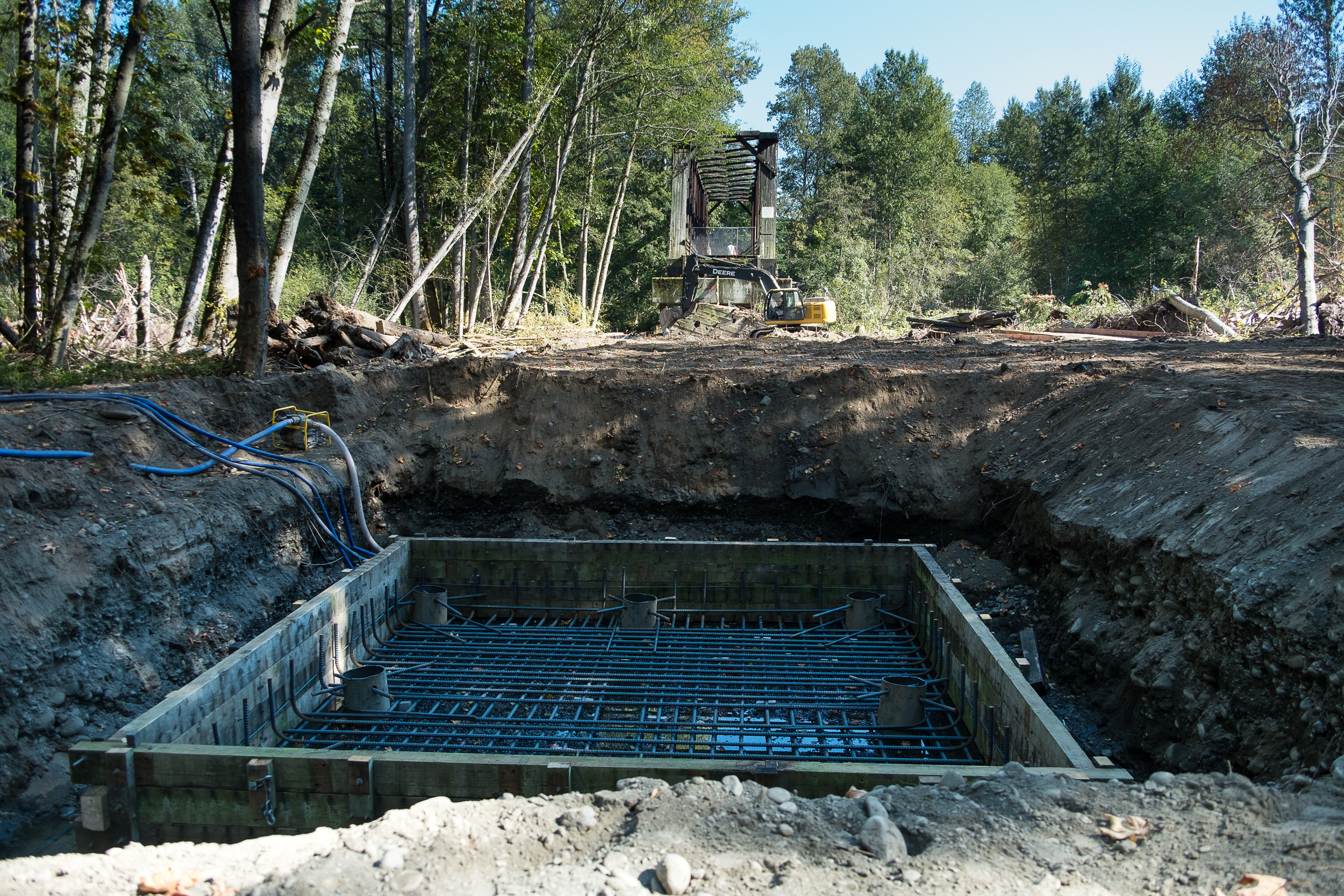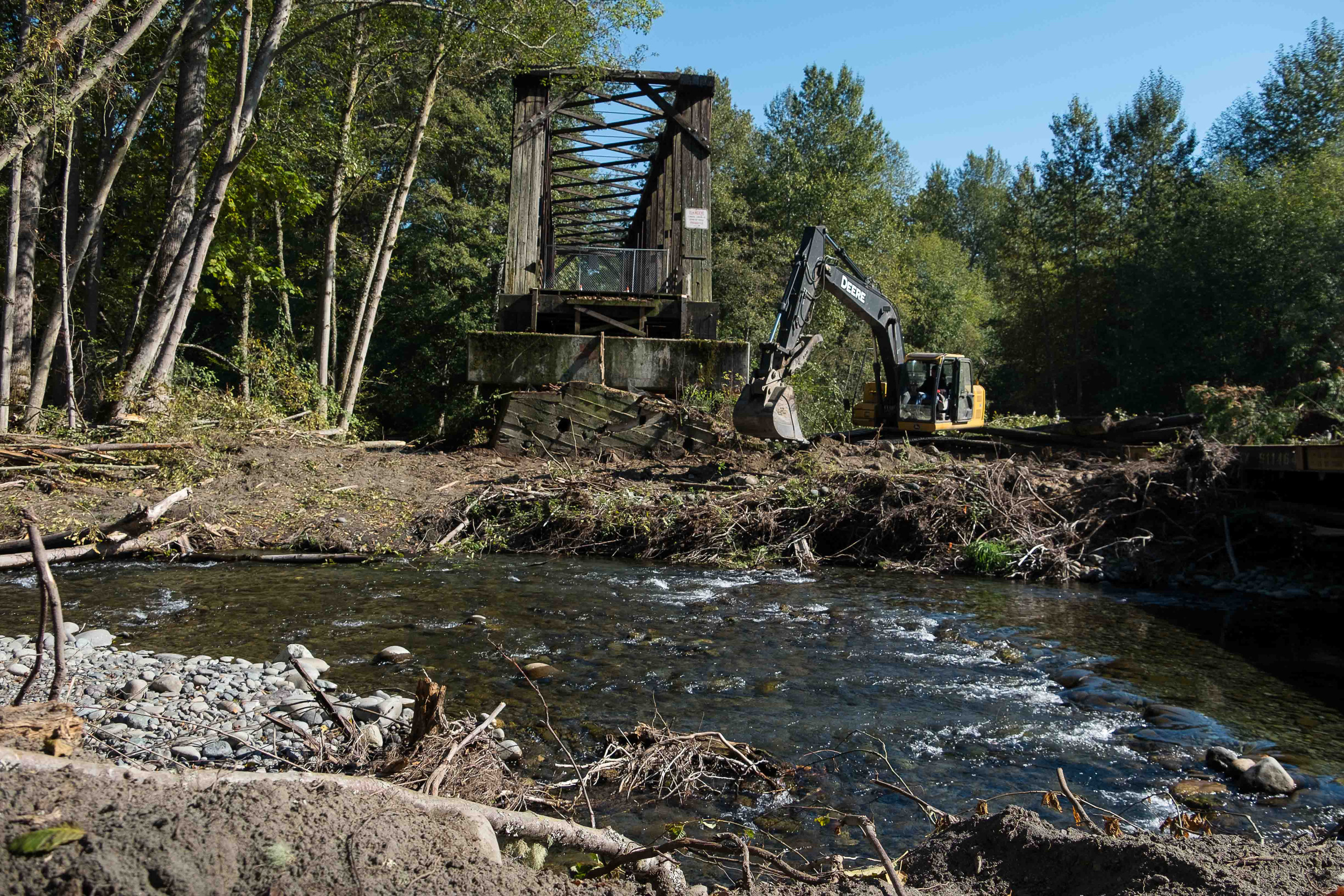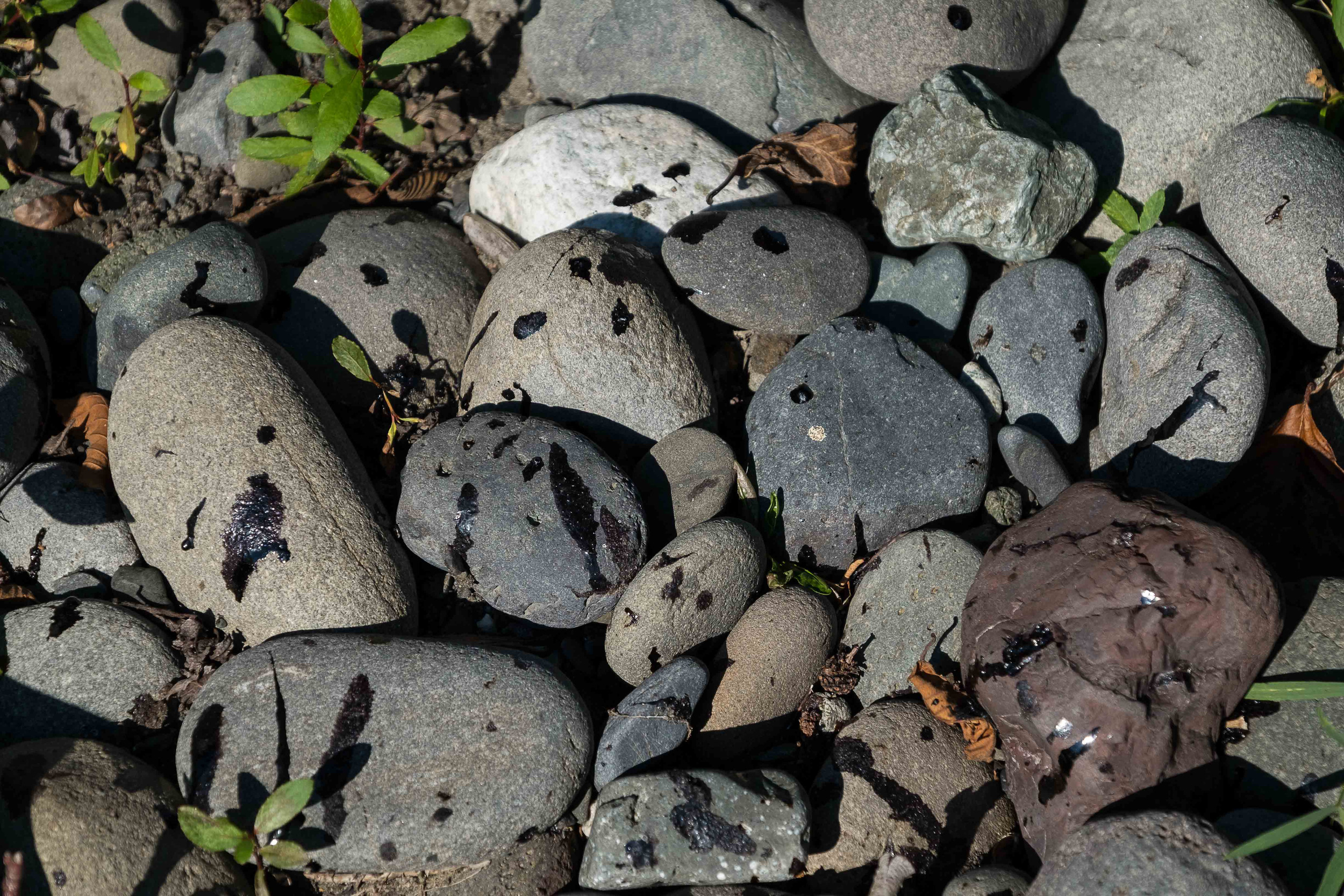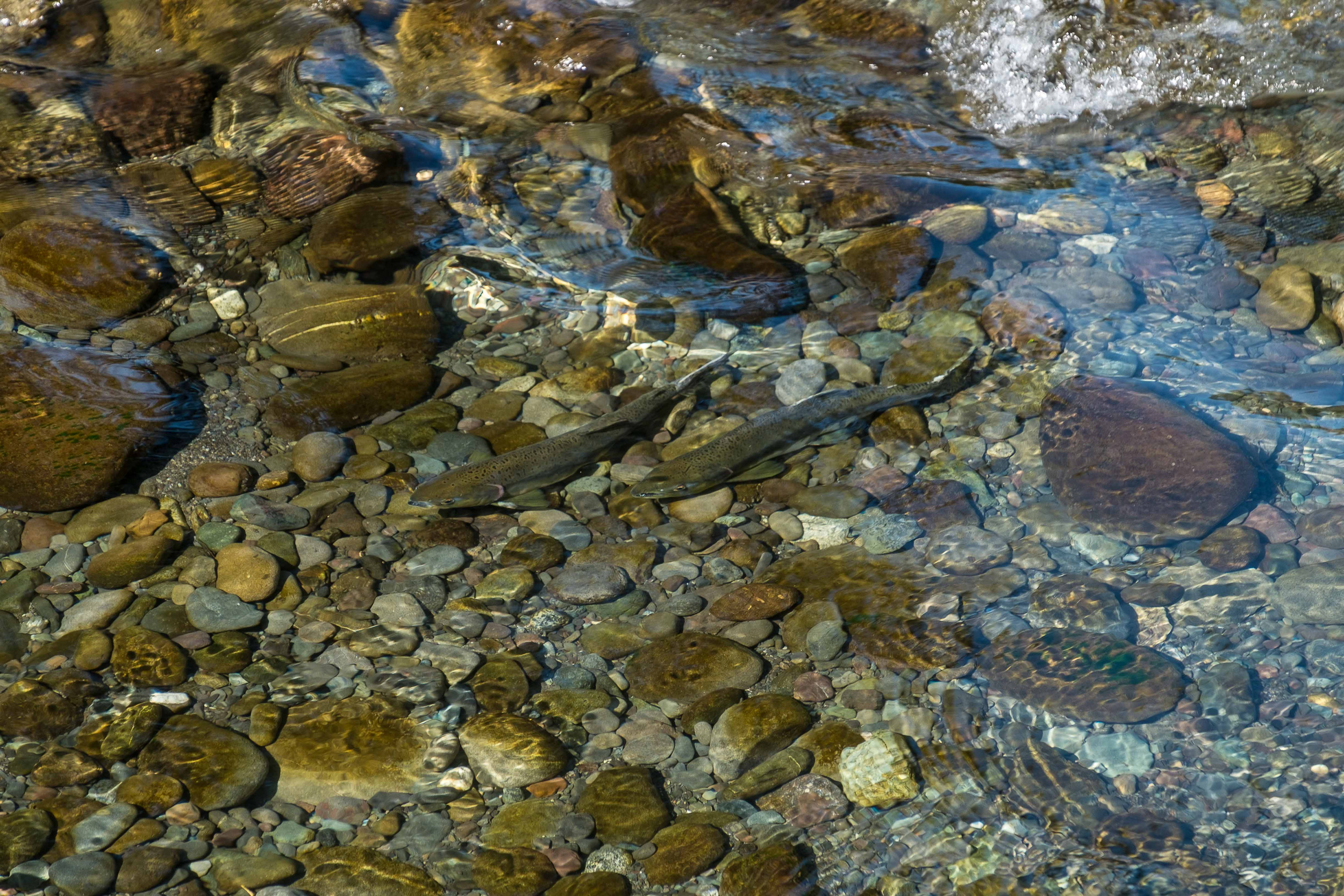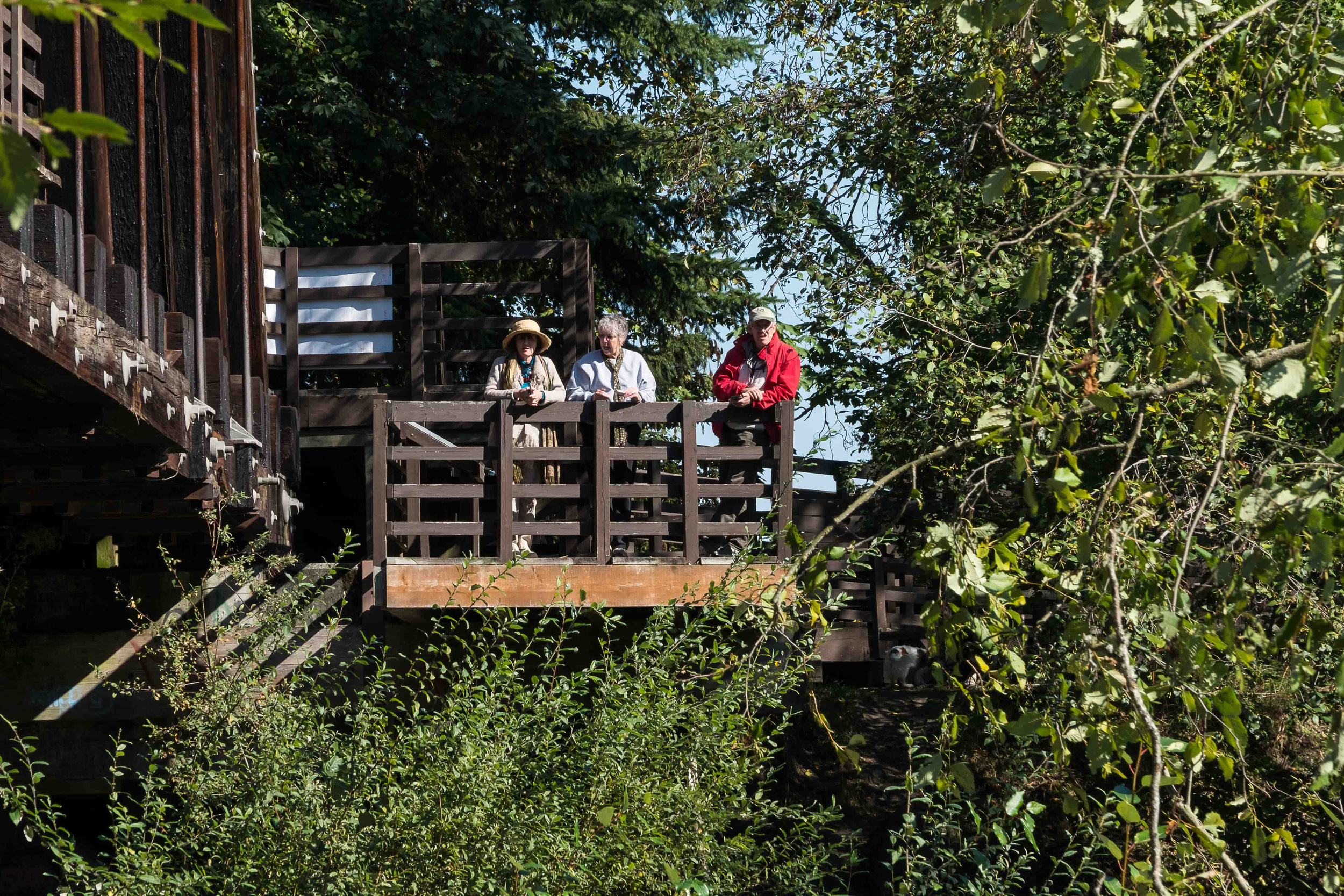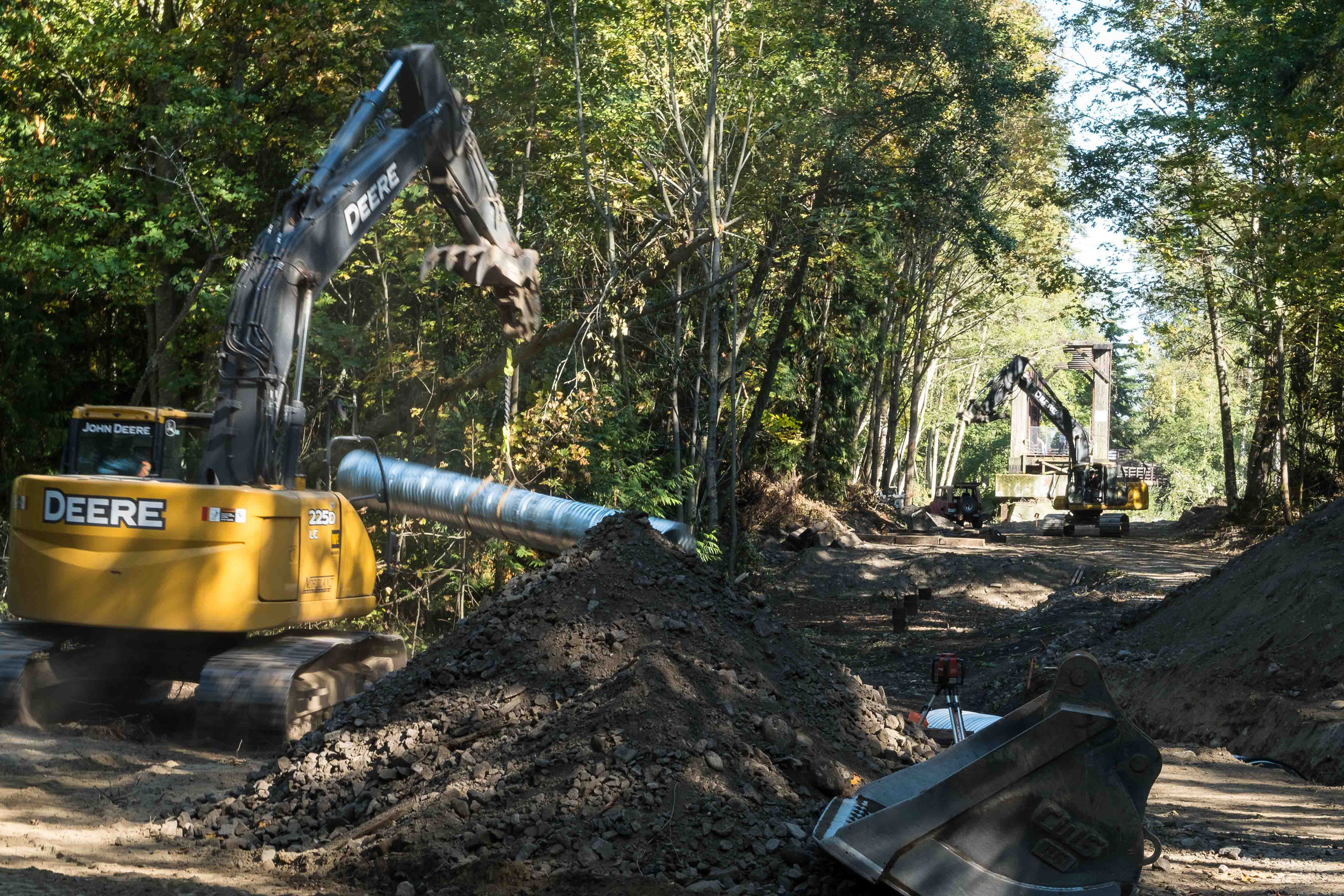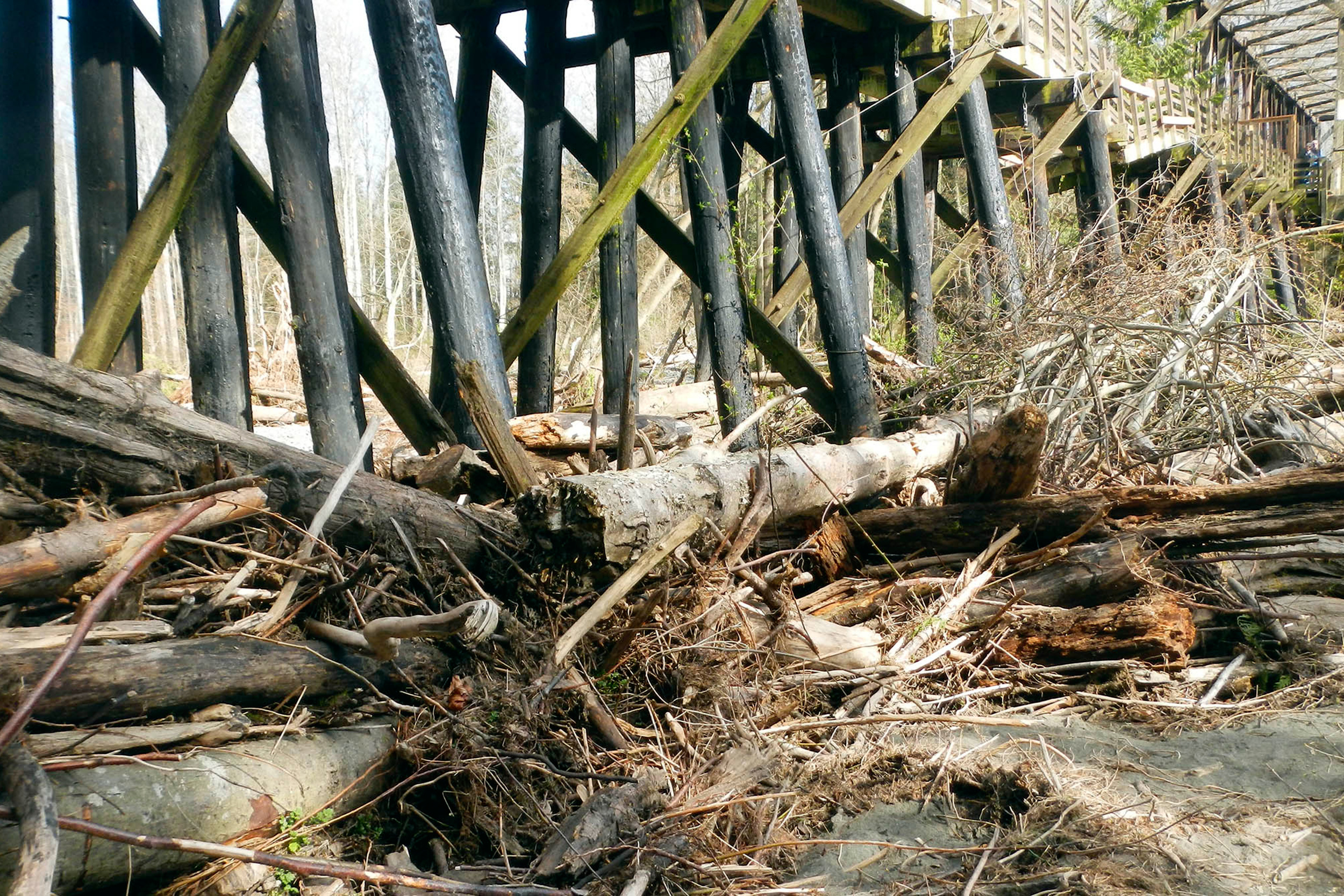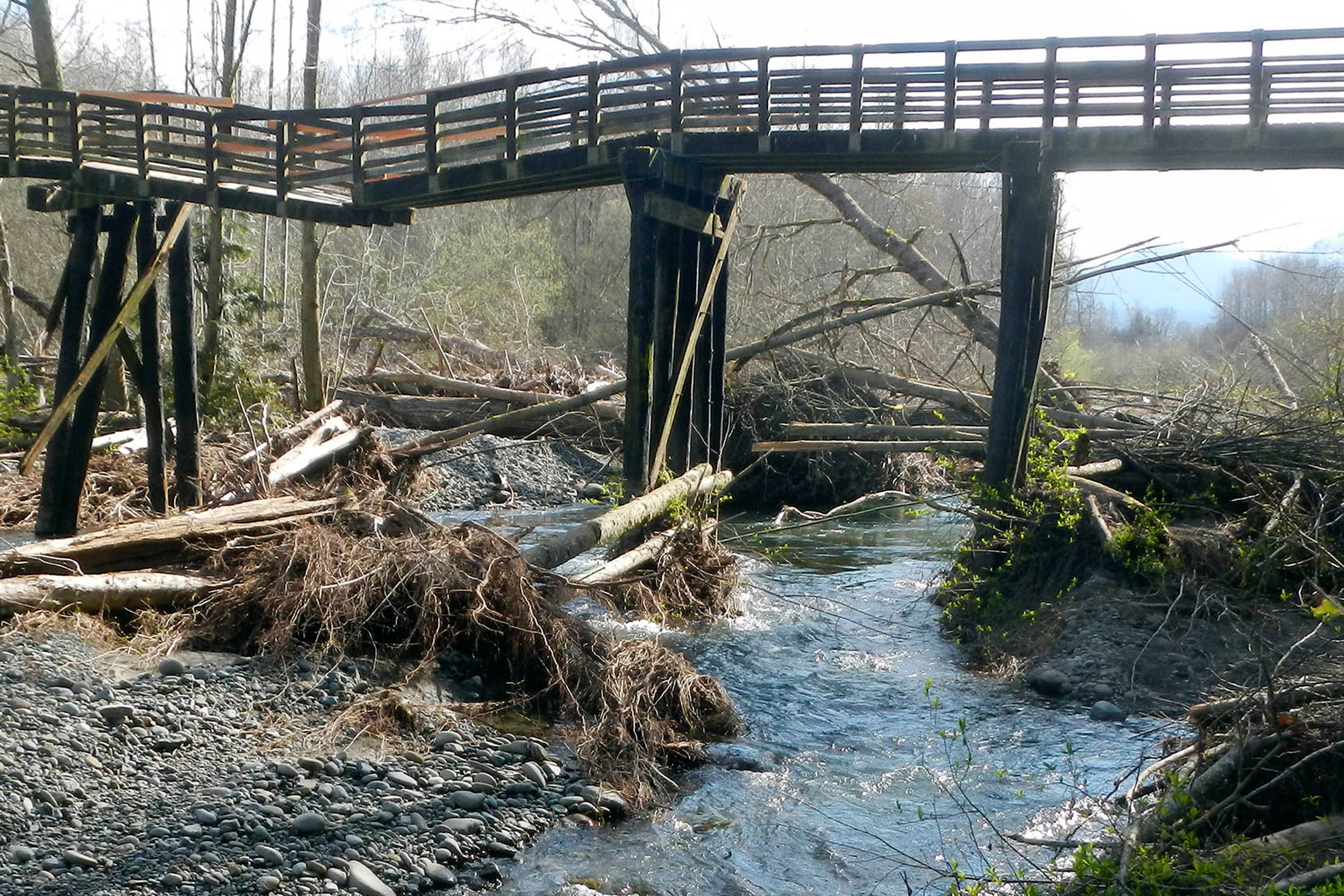Nature Conservancy sells 1,164 acres to U.S. Forest Service
Cle Elum —The Nature Conservancy has sold two sections totaling 1,164 acres of its Central Cascades Forests to the Forest Service, to be managed as part of the Okanogan-Wenatchee National Forest.
The two sections are within a half mile of the Pacific Crest Trail, are visible from the trail, and have long been part of the vision for protecting the trail and the experience of hiking it. In addition, they encompass the headwaters of Cabin Creek, an important tributary to the Yakima River and habitat for salmon, steelhead and bull trout.
The $1.1 million purchase will be funded from a special Land and Water Conservation Fund program to protect the Pacific Crest Trail.
“We are fortunate to live in a region that is home to some of our nation’s most breathtaking natural treasures,” said Rep. Dave Reichert, who represents Washington’s 8th District in Congress. “Now through the tools of the LWCF and the partnership of the U.S. Forest Service and The Nature Conservancy, we can rest assured that this area of the Okanogan-Wenatchee National Forest and the experience of hiking the Pacific Crest Trail will be preserved for recreational visitors, the wildlife that calls it home, and for future generations to enjoy.”
“The U.S. Forest Service and its partners have been working for over a decade to help consolidate the checkerboard lands along this section of the Pacific Crest National Scenic Trail,” said Megan Wargo, Director of Land Protection for the Pacific Crest Trail Association. “We are grateful to The Nature Conservancy for their work to permanently protect these two parcels, ensuring an outstanding recreational opportunity for hikers and equestrians along the PCT for generations to come. “
These sections are within an area designated by the Forest Service as the Snoqualmie Pass Adaptive Management Area, where ecological and economic factors are considered, while managing for high quality forest habitat and habitat connectivity along the Cascade Range.
“This important acquisition connects gaps in National Forest surrounding the Pacific Crest Trail and the headwaters of Cabin Creek,” said Mike Williams, Forest Supervisor of the Okanogan-Wenatchee National Forest. "It enhances the recreational access and scenic quality of the trail experience. Additionally, the acquisition increases our ability to continue restoration efforts in the Yakima Basin."
“This is a win for the land and the people who love it, and assures long term conservation protection and public access for these sections of forest,” said Mike Stevens, the Washington state director of The Nature Conservancy.
These two sections are part of the nearly 48,000 acres the Conservancy purchased from Plum Creek for $48 million in December 2014. Proceeds from the sale will be used to repay some of the financing for the original purchase.
The Conservancy continues to manage its remaining 46,281 acres for healthy forests, clean water, wildlife habitat, and preserving public access, while seeking the best possible conservation outcomes for the land.
This summer, the Conservancy is planning several restoration projects:
· Planting 66,000 trees in two locations --Douglas-fir and white pine in an area south of Easton, and ponderosa pine in an area of South Cle Elum Ridge that burned in 2014.
· Thinning trees for forest health and fire resiliency on 380 acres on Cle Elum Ridge above Roslyn.
· Stream restoration by the Yakama Nation on the North Fork of Taneum Creek.
The Conservancy is also engaged in planning a 100,000-acre cross-ownership restoration project in the Manastash-Taneum area with the U.S. Forest Service, Washington Department of Fish and Wildlife, Washington Department of Natural Resources and the Yakama Nation.
For more about these forests, please go to washingtonnature.org/centralcascades.






